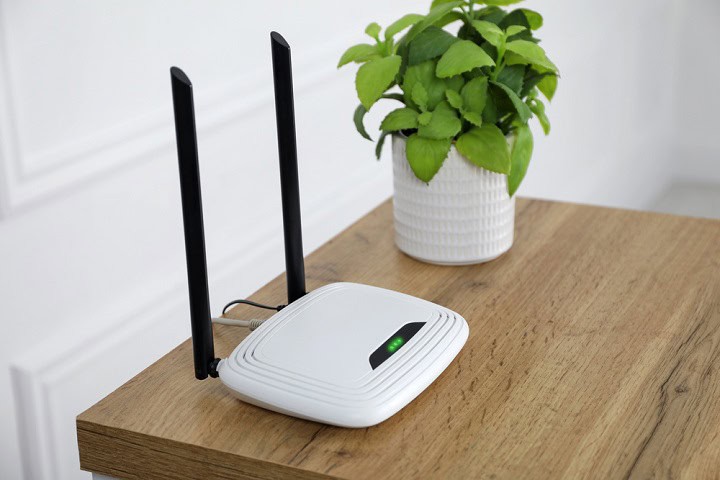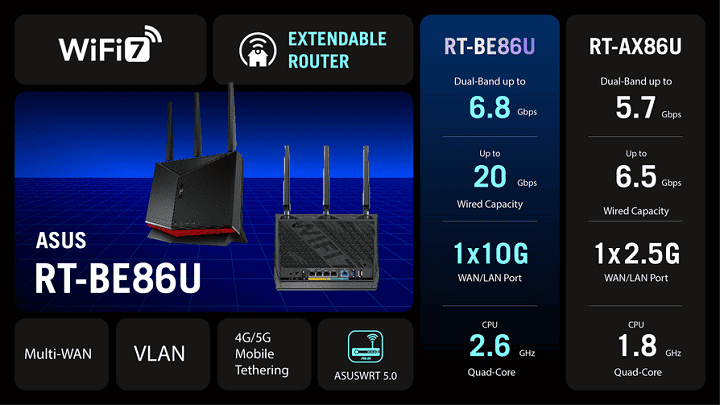Suffering with slow Wi-Fi or a weak signal but know it’s not your router or connection? There are surprising things around your house that can mess with your Wi-Fi signal. Everyday items like mirrors, microwaves, or even your fish tank could be messing with your signal. In this post, we’ll uncover hidden Wi-Fi killers you probably didn’t know were causing problems, and share simple tips to fix them. If your connection keeps dropping or your speed feels sluggish, this guide can help you figure out what’s really slowing things down—and how to get your Wi-Fi working the way it should.
Mirrors Reflecting Signals
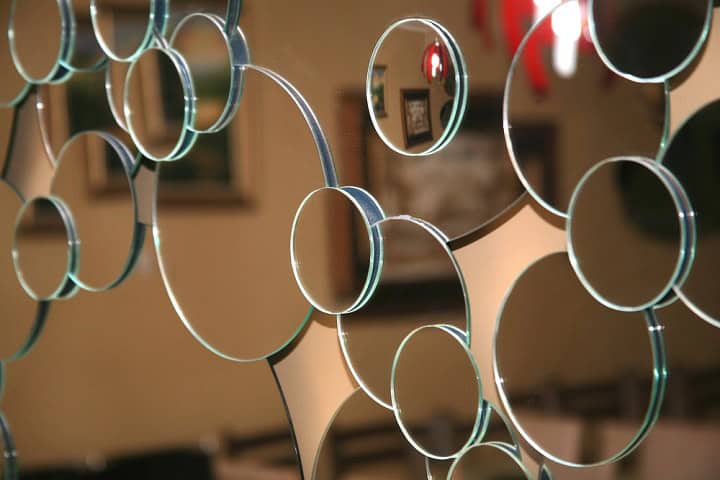
Mirrors might seem harmless, but they can actually mess with your Wi-Fi more than you’d expect. That’s because mirrors have a thin layer of metal behind the glass, and metal is notorious for reflecting Wi-Fi signals. When a signal hits a mirror, instead of passing through, it can bounce around or get scattered, which weakens the connection. If your router is placed behind, near, or across from a large mirror—like one in a hallway, closet, or bathroom—it could be blocking or deflecting the signal, causing slower speeds or dead zones. To fix this, try moving your router to a spot that’s not near any large reflective surfaces.
Thick Concrete Walls Hindering Connection

Thick concrete walls are common in many homes, and they can be a big problem for Wi-Fi signals. These walls are dense and can block the wireless signals, making it hard for them to pass through and reach different parts of your house. This can lead to slow internet speeds or even dead zones where the signal doesn’t reach at all. If your router is on one side of a concrete wall and your devices are on the other, you might notice weaker signals, slower speeds, or complete dead zones. This is especially common in basements, garages, or homes with poured concrete construction. To improve coverage, try placing your router in a more central location or consider using a mesh Wi-Fi system or a wired access point to help the signal reach through tough spots.
Fish Tanks Drowning Out your Wi-Fi Signal
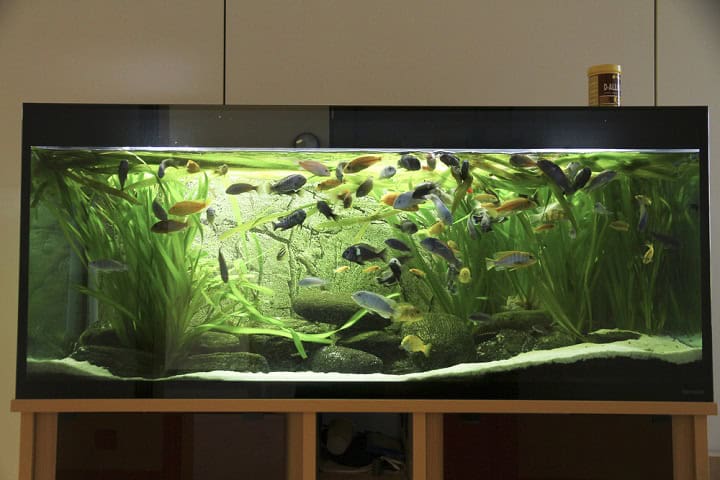
Fish tanks might look harmless, but they can be surprisingly good at blocking Wi-Fi. That’s because water absorbs and weakens wireless signals—especially those on the 2.4GHz band. If your router is placed behind or next to a large fish tank, the signal has to pass through several gallons of water, which can seriously cut down its range and strength. This can lead to slower speeds or unreliable connections in the rooms beyond the tank. To avoid this, keep your router away from fish tanks and other large water-filled objects, like humidifiers or water heaters, whenever possible.
Metal Shelving Units & Baskets Disrupting Coverage

Metal shelving units, file cabinets, network cupboards, and baskets can be sneaky Wi-Fi blockers. Metal reflects and absorbs Wi-Fi signals, which can disrupt the flow of your connection and create dead spots nearby. If your router is sitting on or next to a metal shelf, or if your signal needs to pass through a metal storage rack or network cupboard, it may struggle to reach other parts of your home. Even decorative items like wire baskets or metal-framed furniture can interfere with signal strength when placed between your router and connected devices. So don’t try to hide your router in a metal basket! For better performance, try relocating your router to a spot with fewer metal objects around it and keep the signal path as open as possible.
Dense Furniture Arrangements Blocking Signal

Dense furniture, like a heavy bookcase packed with books or decorations, can also weaken your Wi-Fi signal—especially if it’s placed directly in front of or around your router. Thick materials like wood, paper, or layered objects absorb and slow down wireless signals as they pass through. While not as disruptive as metal or concrete, a fully loaded bookcase can still act like a wall, making it harder for your Wi-Fi to reach other parts of the house. If your router is tucked behind one, you might experience slower speeds or dead zones nearby. For better coverage, place your router in a more open space where the signal isn’t blocked by large, dense furniture.
Cordless Phones, Baby Monitors, Gaming Headsets, and More
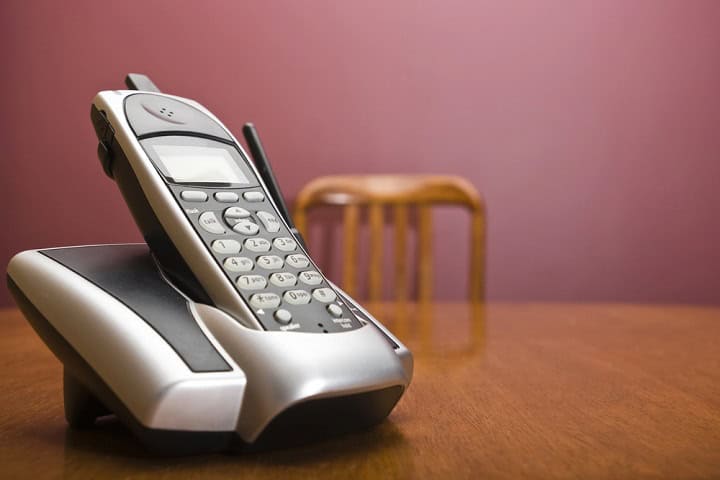
Cordless phones, baby monitors, older wireless headsets, and even some wireless speakers can all interfere with your Wi-Fi—especially if they operate on the 2.4GHz band. That’s the same frequency used by many Wi-Fi networks, so these devices can create signal noise and reduce performance. You might notice dropped connections, lag during video calls, or slow speeds when these gadgets are in use. Some devices also generate heavy RF (radio frequency) interference that affects your Wi-Fi even if they’re not directly connected to your network. To reduce the problem, consider upgrading to newer devices that use different frequencies (like DECT 6.0 for phones or 5GHz headsets), and try switching your Wi-Fi to the 5GHz band whenever possible.
Bluetooth Devices
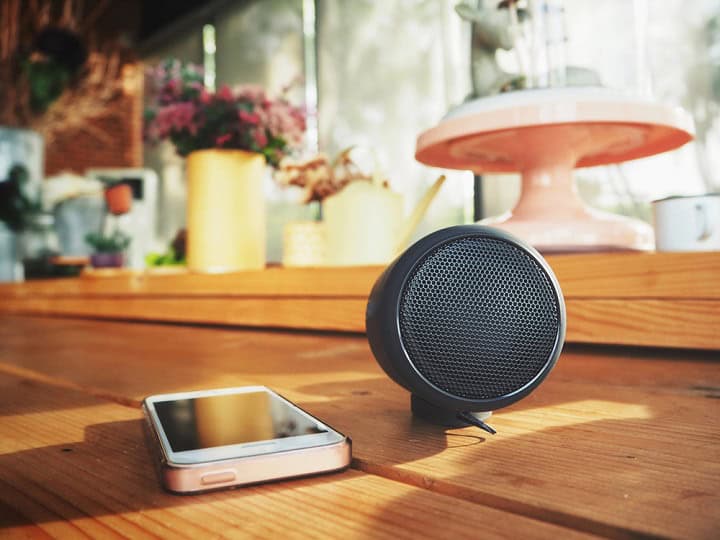
Bluetooth devices—like wireless earbuds, keyboards, speakers, and fitness trackers—can also interfere with your Wi-Fi, especially if your network uses the 2.4GHz band. That’s because Bluetooth shares the same frequency range and can create signal noise that overlaps with your Wi-Fi connection. While Bluetooth uses a method called frequency hopping to minimize interference, a lot of active Bluetooth devices in the same area can still cause slowdowns, dropped connections, or lag. This is especially noticeable in small spaces where everything is packed close together. To reduce issues, try switching your Wi-Fi to the 5GHz band or limit the number of active Bluetooth devices near your router or key Wi-Fi-connected gadgets.
Smart Home Devices
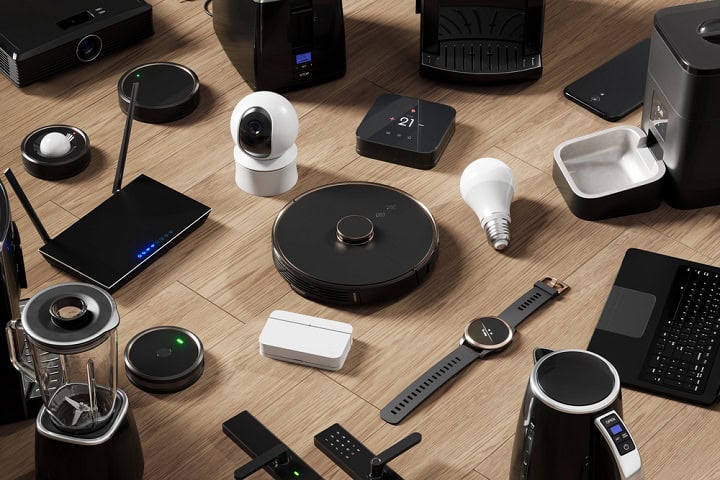
Smart home devices can quietly bog down your Wi-Fi without you even realizing it. Many smart plugs, cameras, bulbs, and sensors rely on a 2.4GHz Wi-Fi connection, and when too many are connected at once, they can overload your network. This can lead to slower speeds, delayed commands, or dropped connections—especially on routers not designed to handle dozens of devices at the same time.
Even Zigbee-based devices, which create their own mesh network, can cause interference. That’s because Zigbee also operates on the 2.4GHz band, just like many Wi-Fi networks. If your Zigbee hub and Wi-Fi router are set to overlapping channels, it can create signal conflicts that reduce performance for both. To help fix this, you can reduce the number of Wi-Fi-connected devices, switch some to 5GHz if possible, or manually set your Zigbee network and Wi-Fi to non-overlapping channels to minimize interference.
Microwaves Nuking Your Signal
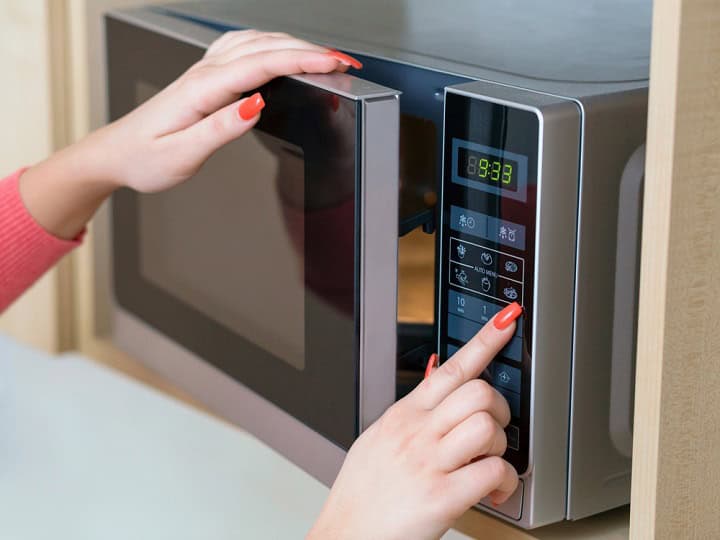
Microwaves are one of the most common household items that interfere with Wi-Fi, especially if you’re using the 2.4GHz band (b, g, and n). That’s because microwaves emit electromagnetic waves that operate on the same frequency, which can disrupt your Wi-Fi signal while the microwave is in use. If your router or devices are close to the kitchen, you might notice your connection slows down or drops every time someone heats up food. To help fix this, try moving your router away from the microwave and, if possible, connect your devices to the 5GHz band, which isn’t affected the same way.
Other Wi-Fi Networks

Too many Wi-Fi networks in an area can also interfere with your signal, especially if you live in an apartment building or a densely packed neighborhood. When multiple routers operate on the same or overlapping channels, it can create congestion that slows down your connection or causes it to drop entirely. This is most common on the 2.4GHz band, which has fewer channels and more overlap compared to 5GHz. If your router is using a crowded channel, your devices may struggle to maintain a strong, stable connection. To fix this, try switching to a less congested channel in your router settings or use the 5GHz band, which has more available channels and less interference from surrounding networks.
Summary
If your Wi-Fi has been acting up, it might not be your internet provider, it could be your home itself. Everyday items like mirrors, fish tanks, microwaves, or even your favorite Bluetooth speaker can quietly interfere with your signal. Add in thick walls, crowded smart devices, and neighboring networks, and it’s no wonder your connection feels slow. The good news? Most of these issues are easy to fix with a few simple changes, like moving your router, switching to the 5GHz band, or adjusting your network’s channel settings. With a little troubleshooting, you can clear out these hidden Wi-Fi killers and get your internet running the way it should.


